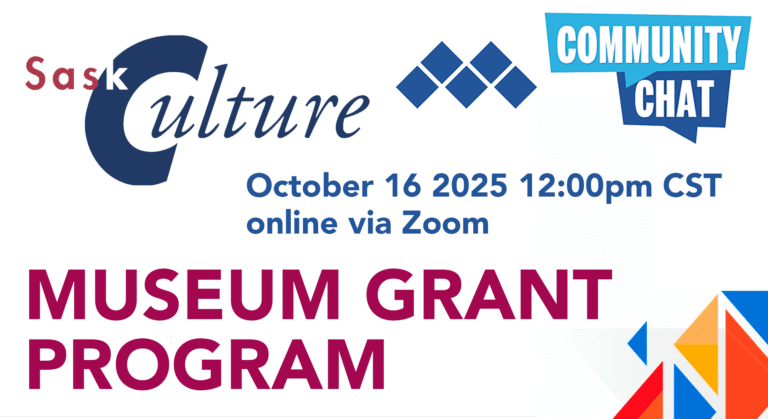
The MAS office will be closed for Christmas Holidays December 24th to January 4th.
Usual office hours will resume on January 5th, 2026
By Kathleen Watkin, MAS Museum Advisor
Universal Design is the concept of designing all products and the built environment itself to be aesthetic and usable to the greatest extent possible by everyone, regardless of their age, ability, or status in life.
The idea grew out of disability access—the design or retrofit of buildings and technologies to be accessible to people with disabilities, such as wheelchair users, people with low vision, or people who are hard of hearing. Most of the time, features of the built environment that are accessible to people with disabilities are retrofits, meaning that they are added on after a design is already planned.
However, since the introduction of the Canada Human Rights Act (1985) and the UN Convention of the Rights of People with Disabilities (2006), museums and other public buildings have developed innovative accessibility strategies and policies, including design features that follow Universal Design.
Universal Design moves beyond accessibility to ensure that all museum experience are not only accessible for all ages and abilities but is also enriching and satisfying. Universal Design is not a design style, but an orientation to design, based on the following premises:
1. Disability is not a special condition of a few;
2. Disability is ordinary and affects most of us for some part of our lives;
3. If a design works well for people with disabilities, it works better for everyone;
4. Usability and aesthetics are mutually compatible
The Universal Design principal do not only apply to the exteriors of museums, but to exhibit designs as well. Exhibition planners should aim to plan and develop exhibitions that will be accessible to the widest possible audience. This includes incorporate multiple ways to communicate information to visitors who have different abilities and limitation as well as different learning styles beyond viewing objects and reading labels. This will provide the visitor with the opportunity to choose how they want to learn and interact with the exhibition.
Incorporating Universal Design into Exhibits:
Best Practice
The best practice is to adopt a visitor-centred and empathic approach to exhibit design. It can be helpful as you develop a new or review an exhibit to create personas or fictitious visitors who possess a range of abilities. Staff or volunteers can then act out those roles as they imagine a visit to your museum. This exercise can rapidly expose obstacles for visitors and begins to build empathy for the range of people who visit your museum.
Conclusion
All visitors, with their diverse needs, interest, and abilities should be able to move about, enjoy and interact with the exhibition without barriers. Incorporating Universal Design ideals into your exhibition plans will create an environment of inclusion for the broadest possible audience.
For more information, See:

Usual office hours will resume on January 5th, 2026

Just a reminder that the Final Report for the Museum Improvement Micro Grant for Community Museums is due December 5th! Your final report will require you to provide a brief

Thursday October 16, 202512:00pm CSTOnline via Zoom: https://us02web.zoom.us/j/86760471705?pwd=XjoSlWAP0TJZVYrprylmLqujOkVrk2.1 No registration required. The Museum Grant Program (MGP) provides operational funding to help foster strong, vibrant, community-based Saskatchewan museums that are valued